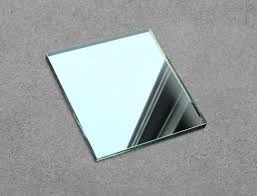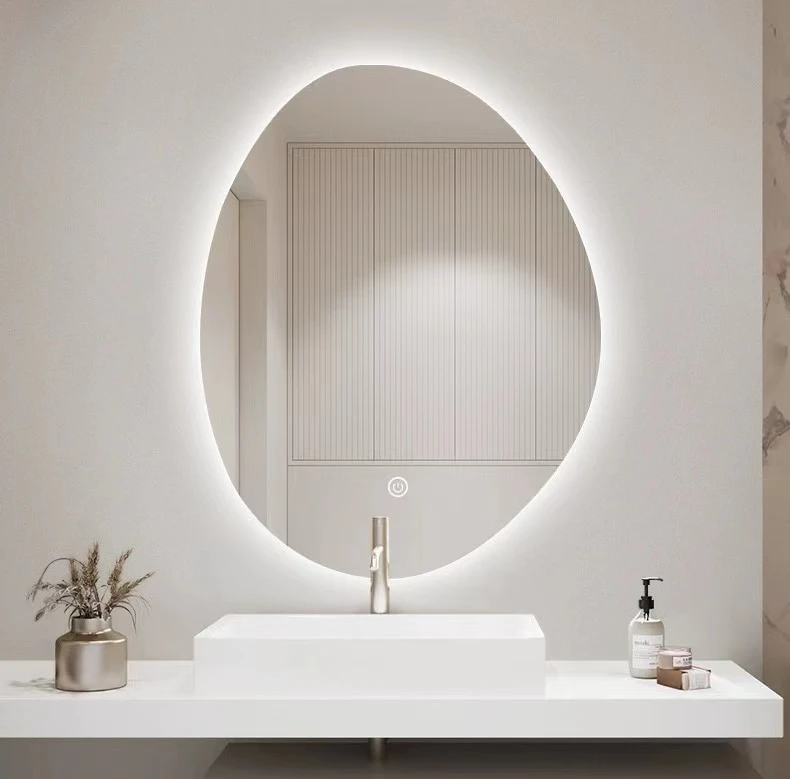Float glass is a marvel of modern manufacturing that has reshaped the glass industry since its innovation in the mid-20th century. Its invention by Sir Alastair Pilkington in 1959 revolutionized the way glass was made, eliminating many of the imperfections that plagued older production methods. Today, it is the backbone of countless industries due to its unparalleled clarity and uniform thickness. But what makes float glass unique, and how can a ‘float glass video’ enrich our understanding and appreciation of this pivotal product?

To grasp the true brilliance of float glass, one must first understand its production process. Production begins with the melting of raw materials; primarily sand, soda ash, and limestone, at temperatures exceeding 1700°C. The molten glass is then carefully poured onto a bath of molten tin, where it floats and spreads out to form a perfect sheet. This section of the process is critical, and witnessing it in a well-crafted video brings to life the exacting precision and expertise involved.
The key advantage of the float glass process is the creation of a product that is perfectly even. The unique properties of liquid tin allow the glass to spread uniformly, creating a flat, smooth surface without the need for polishing or grinding. This results in glass sheets that are incredibly clear and free of distortions — a must for applications requiring impeccable clarity, such as windows, mirrors, and electronic displays.

Viewing a float glass video provides a first-hand experience of this process, showcasing the seamless transition from fiery liquid to flawless glass pane. It enhances the learning experience by visually demonstrating the control and conditions required, offering insight that textbook descriptions simply cannot rival. As a source of expertise, such videos often include commentary from industry veterans, who can elucidate the finer points of the process, drawing from years of hands-on experience.
Role of float glass cannot be overstated. In the architectural world, it allows for large, uninterrupted panes that maximize natural light and provide breathtaking views. Modern skyscrapers and cutting-edge design owe much to the availability of high-quality float glass, promoting not just aesthetics but also energy efficiency when coated with advanced solar control or thermal insulating layers. Videos focused on these applications can showcase real-life case studies, proving invaluable educational tools for both students and professionals.
float glass video
Furthermore, float glass is vital in the automotive industry, serving as the primary material for windshields and windows. Its strength and clarity are critical for driver safety and comfort. Videos can effectively illustrate how float glass is cut, shaped, and treated to meet stringent safety standards, reinforcing its authoritative role in ensuring durability and performance.
In terms of trustworthiness, the reliability of sources from which float glass videos are produced is paramount. High-quality content from renowned manufacturers or recognized educational institutions provides assurance that information is accurate and up-to-date. Thus, float glass videos are not just educational; they are credible resources that can sustain learning and inspire innovation.
For anyone seeking to understand the depth and breadth of float glass applications and its manufacturing, videos serve as a gateway to both fundamental knowledge and current advancements. They demystify a material that, while ubiquitous, demands appreciation for the sophisticated technology involved in its creation.
Ultimately, a ‘float glass video’ is an invaluable tool for those striving to master this essential product's applications and manufacturing techniques. By offering authentic experiences and expert commentary, such videos excel in conveying the authoritativeness and trustworthiness necessary for comprehensive understanding, making them indispensable resources in the modern digital age.



